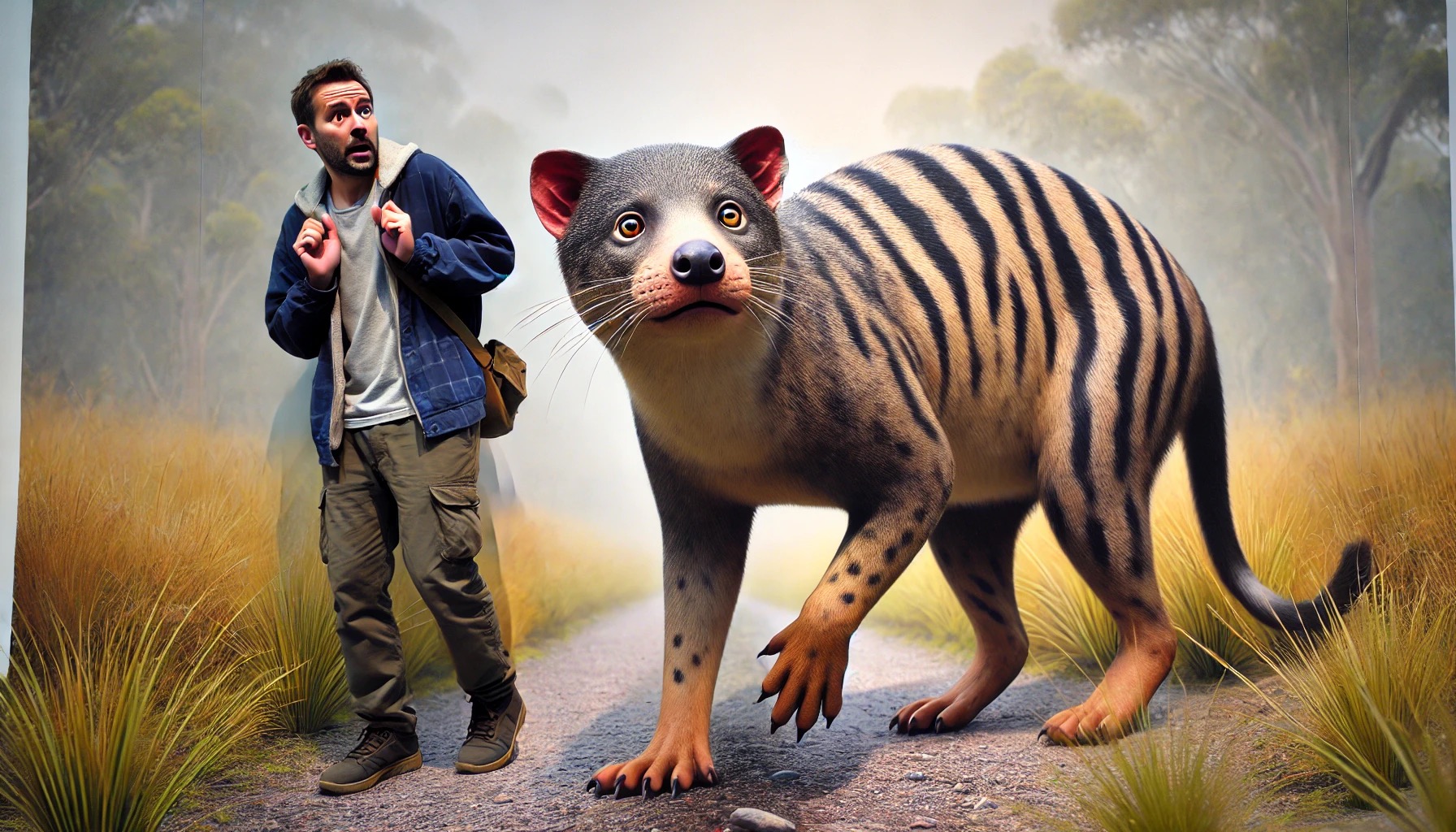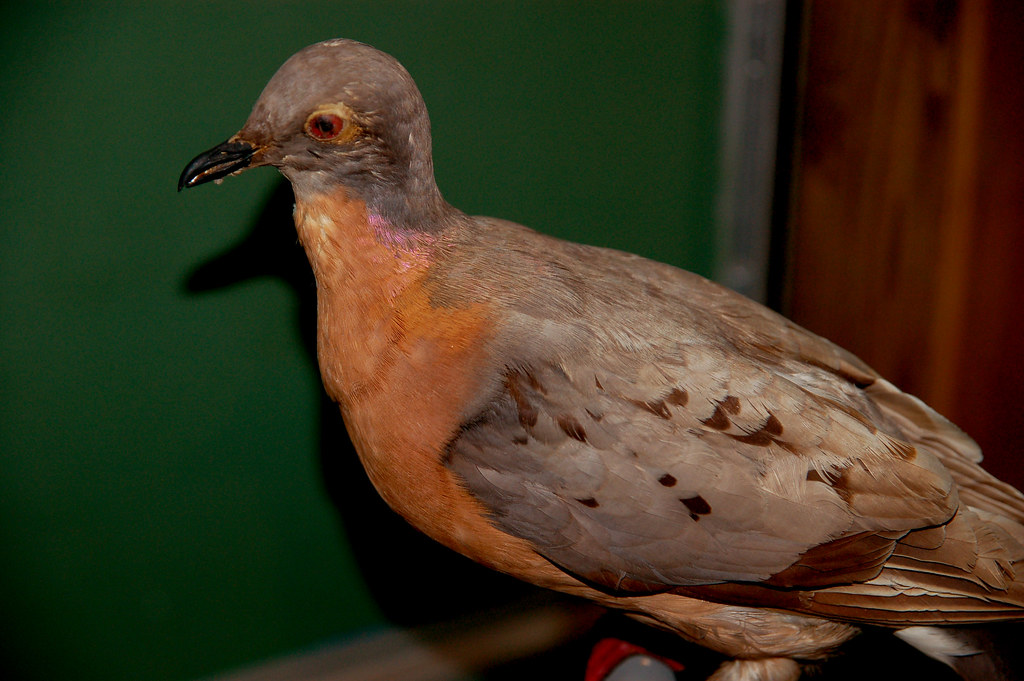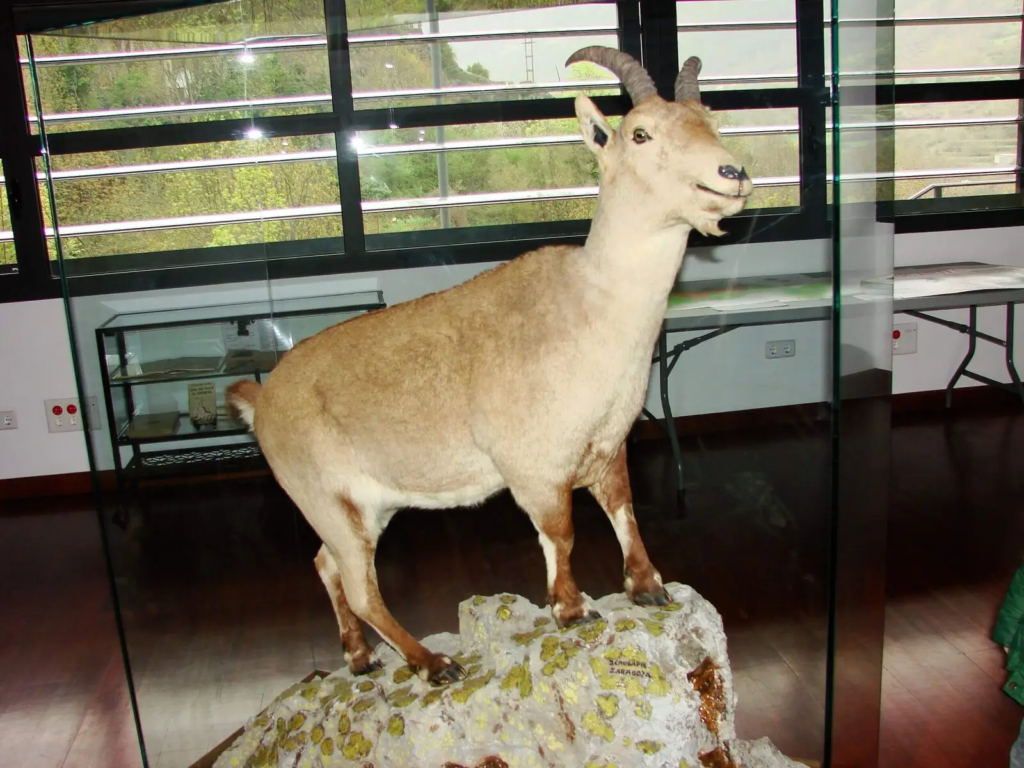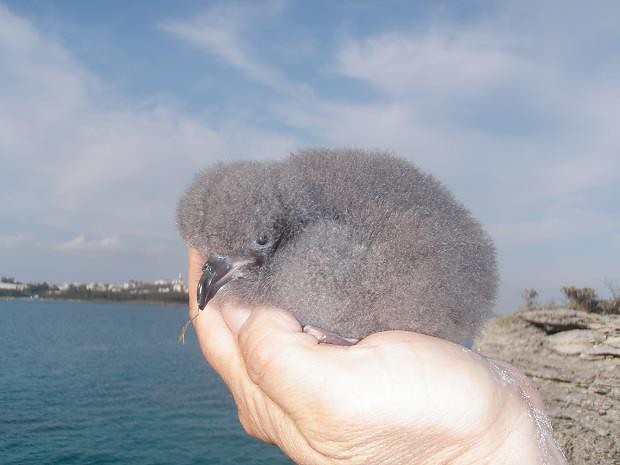1. Thylacine (Tasmanian Tiger)

Visualized using Photoshop & ChatGPT
The thylacine, native to Tasmania, Australia, and New Guinea, was officially declared extinct in 1936. Known for its dog-like appearance and tiger-like stripes, this nocturnal marsupial predator has been the subject of countless unverified sightings in Tasmania and mainland Australia. Modern expeditions and trail cameras have yet to produce definitive proof, but its enduring presence in local folklore suggests the thylacine’s story may not be over. Scientists even consider de-extinction projects to bring this enigmatic creature back to life.
2. Ivory-Billed Woodpecker

iStock
Once native to the southeastern United States, the ivory-billed woodpecker was declared extinct due to habitat destruction in the mid-20th century. Yet, occasional reports of sightings and its distinctive drumming sound have kept the mystery alive. Birdwatchers and researchers continue to explore dense swamps and forests, hoping to rediscover this majestic bird. Its symbolic importance has inspired conservation efforts for similar species and habitats, even without concrete evidence of its survival.
3. Baiji (Yangtze River Dolphin)

Wikimedia Commons
Declared functionally extinct in 2006, the baiji was a freshwater dolphin native to China’s Yangtze River. Overfishing, pollution, and dam construction contributed to its decline. However, sporadic reports from fishermen and researchers suggest the possibility of a few surviving individuals. With growing environmental awareness and conservation initiatives, there’s hope that if baiji dolphins still exist, they could thrive in a healthier Yangtze ecosystem.
4. Passenger Pigeon

Flickr
Once the most abundant bird in North America, passenger pigeons were driven to extinction by the early 20th century due to overhunting and habitat destruction. Despite their official extinction, unverified sightings have occasionally surfaced. The species’ massive flocks, which once darkened the skies, make the idea of their return particularly intriguing. Advances in genetic technology might one day bring these birds back to life, renewing their story in the modern era.
5. Javan Tiger

Wikimedia Commons
Native to Indonesia, the Javan tiger was declared extinct in the 1970s due to deforestation and human encroachment. However, reports of footprints and fleeting glimpses of tiger-like creatures in remote areas of Java have sparked speculation about their survival. Conservationists argue that if the Javan tiger still exists, protecting its habitat is crucial for its continued existence and the survival of other endangered species in the region.
6. Megamouth Shark

YouTube
The megamouth shark was first discovered in 1976, long after it was thought to be extinct. Since then, fewer than 100 confirmed sightings have been recorded. This deep-sea shark’s elusive nature and preference for remote ocean depths fuel speculation that many presumed-extinct marine species might still exist. The megamouth’s story highlights how much of the ocean remains unexplored and teeming with hidden wonders.
7. Pyrenean Ibex

Animalia
Declared extinct in 2000, the Pyrenean ibex became the first species to be briefly brought back to life through cloning in 2009. Although the cloned individual survived only a few minutes, this groundbreaking achievement demonstrated the potential for reviving extinct species. Rumors of surviving individuals in remote areas of the Pyrenees have also surfaced, adding an air of mystery to this animal’s fate.
8. Zanzibar Leopard

Wikimedia Commons
Declared extinct in the 1990s, the Zanzibar leopard was believed to have been wiped out due to conflict with humans and cultural beliefs. However, unconfirmed sightings and recent footage captured by conservationists suggest that a small population might still survive. Efforts to study and protect the leopard’s potential habitat are underway, offering hope for its rediscovery and preservation.
9. Caspian Tiger

YouTube
Native to the Middle East and Central Asia, the Caspian tiger was declared extinct in the 1970s. However, reports of tiger sightings in remote regions of Iran and Afghanistan have persisted for decades. Genetic studies have revealed that the Caspian tiger is closely related to the Siberian tiger, raising the possibility of reintroducing a genetically similar population to its historic range.
10. Pinta Island Tortoise

YouTube
Lonesome George, the last known Pinta Island tortoise, died in 2012, marking the species’ extinction. Yet, recent genetic studies on tortoises from nearby islands suggest that hybrids with Pinta Island ancestry exist. These findings have fueled hopes that purebred individuals might still survive in unexplored regions of the Galápagos Islands. Conservationists are working to restore the Pinta tortoise’s legacy through breeding programs and habitat protection.
11. Japanese River Otter

Animalia
Declared extinct in 2012, the Japanese river otter was last officially sighted in the 1970s. However, sporadic reports and sightings in remote rivers and wetlands keep the hope of its survival alive. With increasing efforts to restore natural habitats in Japan, researchers remain optimistic about the possibility of rediscovering this playful and elusive species.
12. Bermuda Petrel (Cahow)

Flickr
Thought extinct for over 300 years, the Bermuda petrel was rediscovered in 1951. While this bird technically escaped extinction, its story offers hope for other species declared lost. Conservation efforts have brought the Cahow’s population back from the brink, demonstrating the importance of perseverance in protecting biodiversity. The Cahow serves as a reminder that some “extinct” species might still be waiting to surprise us.


